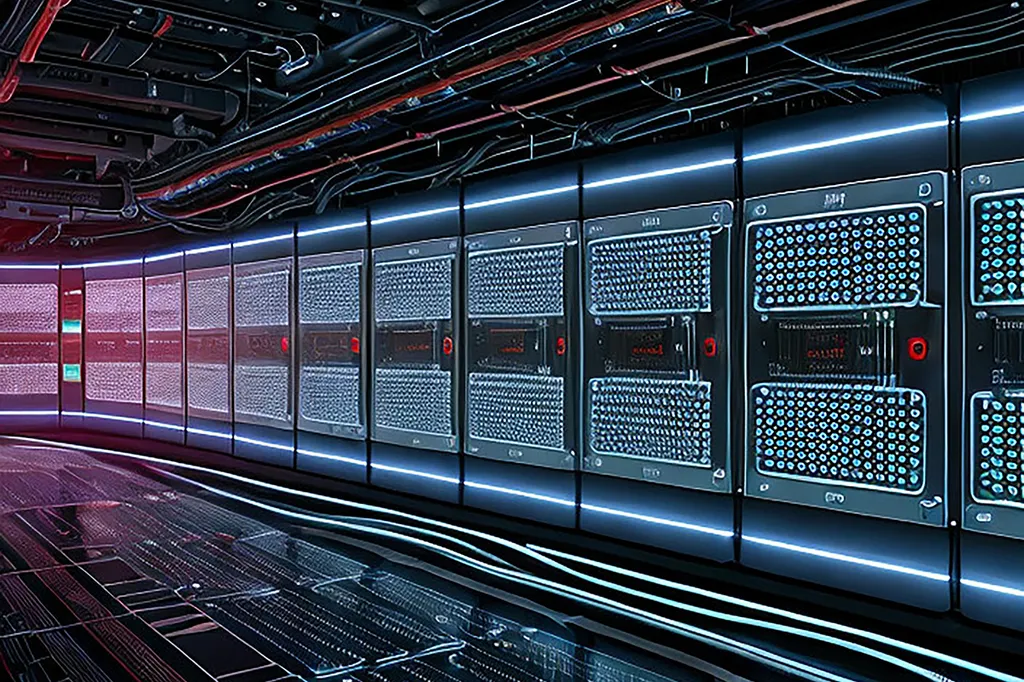Kaltra, an international company situated in Munich, crafts energy-efficient chillers, free cooling systems, precision air conditioners, and microchannel heat exchangers. These solutions cater to data centers and various industries. Operating across more than 60 countries, Kaltra prioritizes environmental friendliness and steadfast reliability. But what does it take to maintain these sophisticated systems? Let’s delve into a chiller maintenance checklist that can help ensure peak performance and minimize energy waste.
Why a Chiller Maintenance Checklist Matters
Imagine a world where your data center overheats, or your industrial processes grind to a halt because of a faulty chiller. The consequences can be expensive, disruptive, and even dangerous. A well-structured chiller maintenance checklist acts as a preventative measure, a shield against such undesirable outcomes. Regular maintenance not only keeps your equipment running smoothly but also extends its lifespan, reduces energy consumption, and minimizes the risk of unexpected breakdowns. Isn’t that worth a little proactive attention?
The Essential Elements of a Chiller Maintenance Checklist
So, what should be included in a chiller maintenance checklist? Here’s a breakdown of critical areas —
1. Visual Inspection — The First Line of Defense
Start with a thorough visual inspection of the entire chiller system. Are there any signs of leaks, corrosion, or physical damage? Check the condition of the insulation, piping, and electrical connections. Look for any unusual noises or vibrations during operation. A keen eye can often spot potential problems before they escalate.
2. Refrigerant Levels — The Lifeblood of Cooling
Refrigerant is the heart of your chiller. Low refrigerant levels can significantly reduce cooling capacity and increase energy consumption. Use appropriate gauges and instruments to verify the refrigerant charge. If you detect a leak, locate and repair it immediately. Remember, handling refrigerants requires specialized training and equipment. Is this something you can handle in-house, or should you call in a professional?
3. Oil Analysis — A Window into the Compressor’s Health
The compressor is the engine of your chiller, and oil analysis is like a blood test for its well-being. Send oil samples to a qualified laboratory for analysis. This test can reveal the presence of contaminants, wear particles, and other indicators of potential problems. Early detection allows you to address issues before they lead to costly compressor failures.
4. Condenser and Evaporator Coils — Keeping the Air Flowing
The condenser and evaporator coils are responsible for heat exchange. Dirty coils reduce efficiency and increase energy consumption. Regularly clean these coils using appropriate cleaning agents and methods. Consider using a fin comb to straighten bent fins, which can obstruct airflow. Is your cleaning schedule adequate, or could you benefit from more frequent attention to the coils?
5. Water Treatment — Preventing Scale and Corrosion
Chillers often use water as a cooling medium. Untreated water can lead to scale buildup and corrosion, which reduces heat transfer efficiency and damages equipment. Implement a comprehensive water treatment program that includes regular testing and the addition of appropriate chemicals. This will help maintain optimal water quality and protect your chiller from damage.
6. Electrical System Checks — Powering the Cooling Process
Electrical components are crucial for chiller operation. Inspect all electrical connections for tightness and corrosion. Check the voltage and current levels to ensure they are within acceptable ranges. Verify the operation of safety devices such as circuit breakers and fuses. Faulty electrical components can lead to breakdowns and safety hazards.
7. Control System Calibration — Maintaining Accuracy
The chiller’s control system regulates its operation. Calibrate sensors and actuators to ensure accurate readings and proper control. Check the setpoints and operating parameters to ensure they are optimized for your specific application. An accurately calibrated control system maximizes efficiency and prevents unnecessary energy consumption.
8. Vibration Analysis — Detecting Early Signs of Trouble
Vibration analysis can detect early signs of mechanical problems, such as imbalances or bearing wear. Use vibration analysis equipment to monitor the vibration levels of rotating components, such as compressors and pumps. Elevated vibration levels indicate a need for further investigation and corrective action.
Tailoring Your Chiller Maintenance Checklist
It’s important to remember that every chiller system is unique. The specific items included in your chiller maintenance checklist should be tailored to the type of chiller, its operating conditions, and the manufacturer’s recommendations. Consult the chiller’s operation and maintenance manual for detailed instructions and specific requirements.
The Payoff — Reliability, Efficiency, and Peace of Mind
Implementing a robust chiller maintenance checklist is an investment that pays dividends in the long run. By proactively maintaining your chiller system, you can improve its reliability, reduce energy consumption, extend its lifespan, and minimize the risk of costly breakdowns. In the end, isn’t peace of mind worth the effort?
